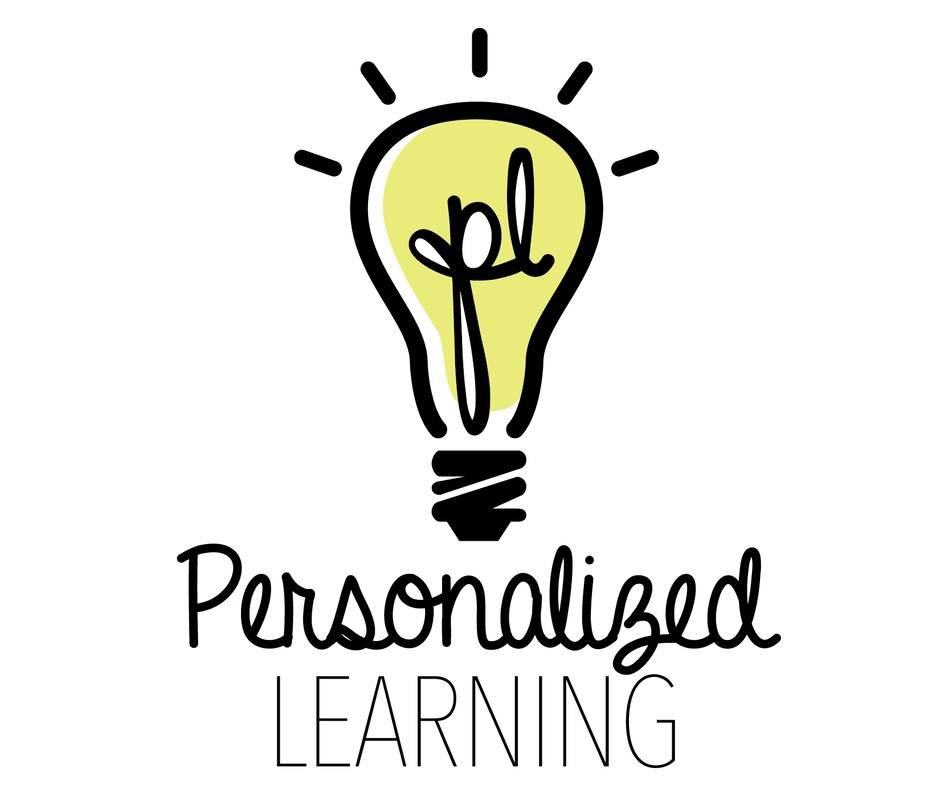Equity
Phase 1
"Look-Fors" During Observation
Remember: The most helpful part of the observation is not checking off items, but the conversations and reflections that happen after the visit.
Remember: The most helpful part of the observation is not checking off items, but the conversations and reflections that happen after the visit.
|
Beginning/ Developing
|
Practicing/ Achieving
|
Questions to Guide Observation
- How does the teacher track and understand their interactions with students in order to help them increase the quality of those interactions?
- How do teachers calibrate proficiency levels for student work in order to identify patterns of bias?
- How do students learn appropriate language for asking questions about others’ cultures and sharing details of their own?
- What artifacts or evidence do you see of lines of difference being acknowledged, affirmed, and reflected in the learning environment?
- What do you hear in the language used in the classroom that reflects valuing differences or using differences to label or divide?
Resources
- Using Board Games to Help Fight and Understand Bias: from KQED’s MindShift, by Maanvi Singh, explores how gaming can be used to push people to think beyond bias and prejudice.
- I Don’t Think I’m Biased: from Learning For Justice, by Pat Clark, is a case study on how educators confronted their attitudes on race and privilege.
- Four Ways Teachers Can Reduce Implicit Bias from Greater Good Magazine, by Jill Suttie, includes tips to help teachers treat all their students with dignity and care.
- How do I know if my biases affect my teaching? from The National Association for Multicultural Education helps reframe thoughts around students.
- Equity Perspectives: Creating Space for Making Meaning on Equity Issues is a protocol from the School Reform Initiative to build dialogue around thoughts and assumptions not usually discussed.
| Self-Awareness, Coaching Tool | |
| File Size: | 106 kb |
| File Type: | docx |
| Self-Awareness, Coaching Tool | |
| File Size: | 179 kb |
| File Type: | |


